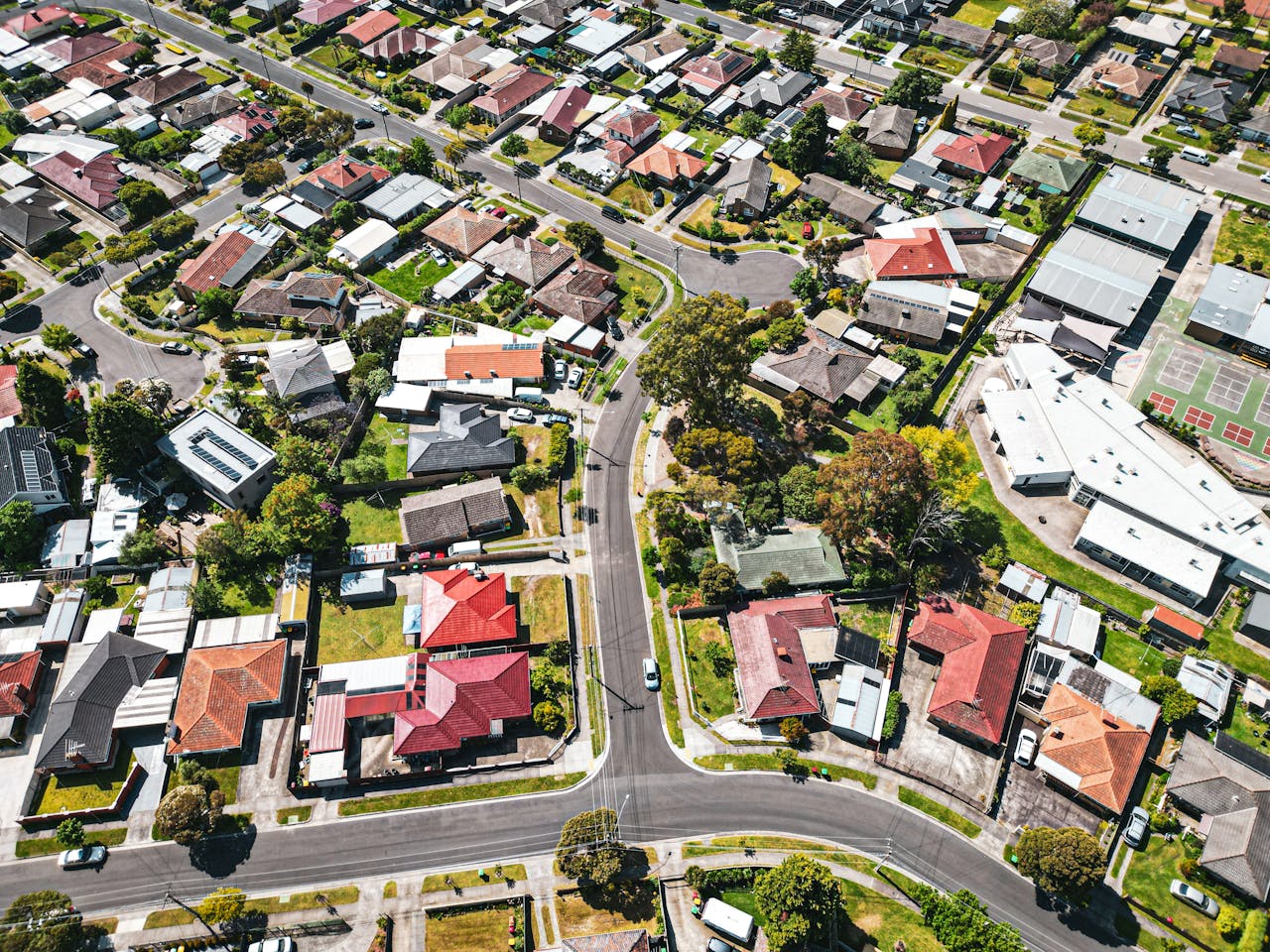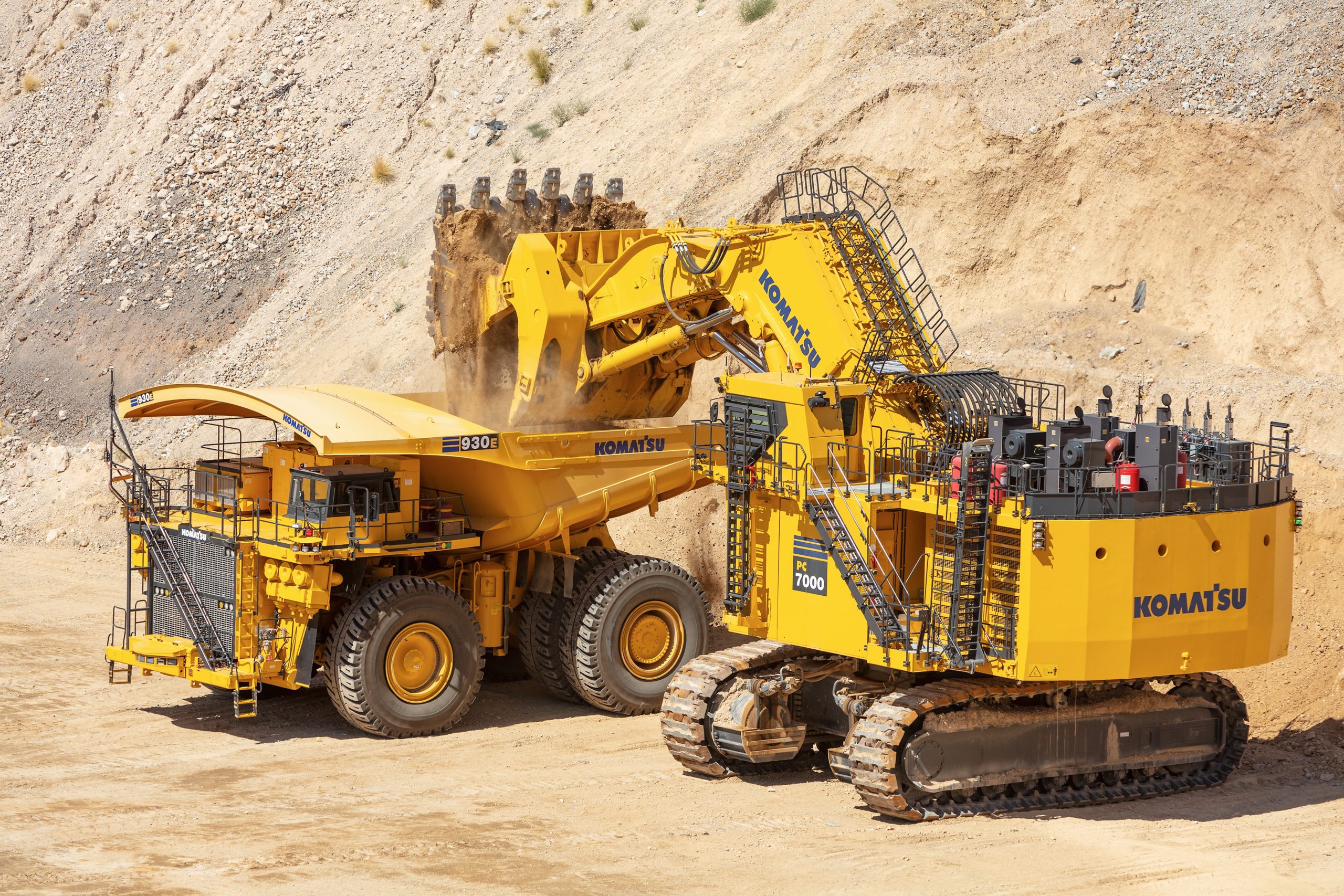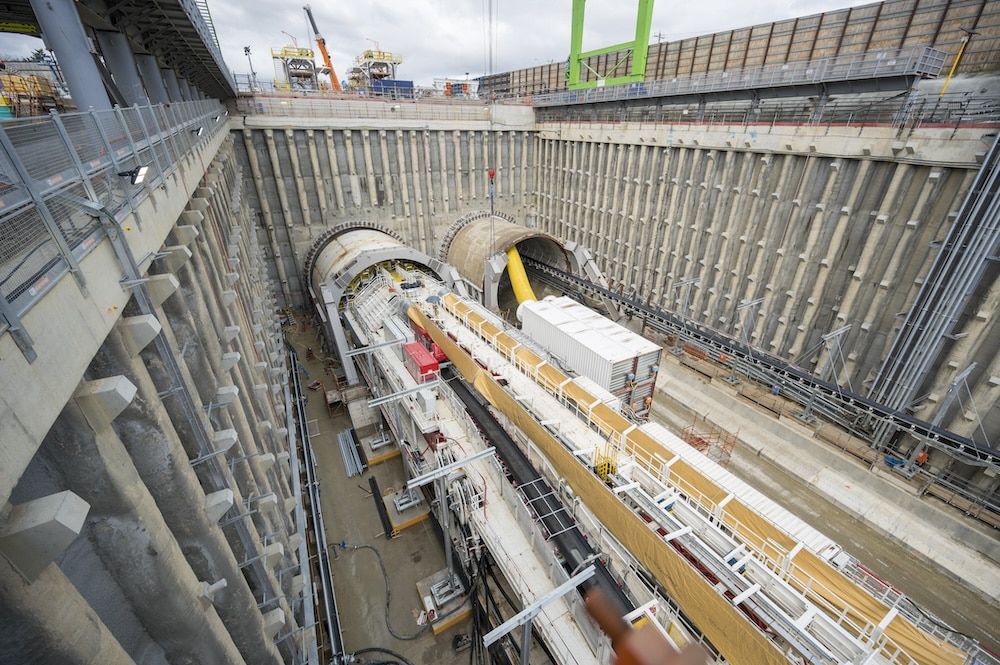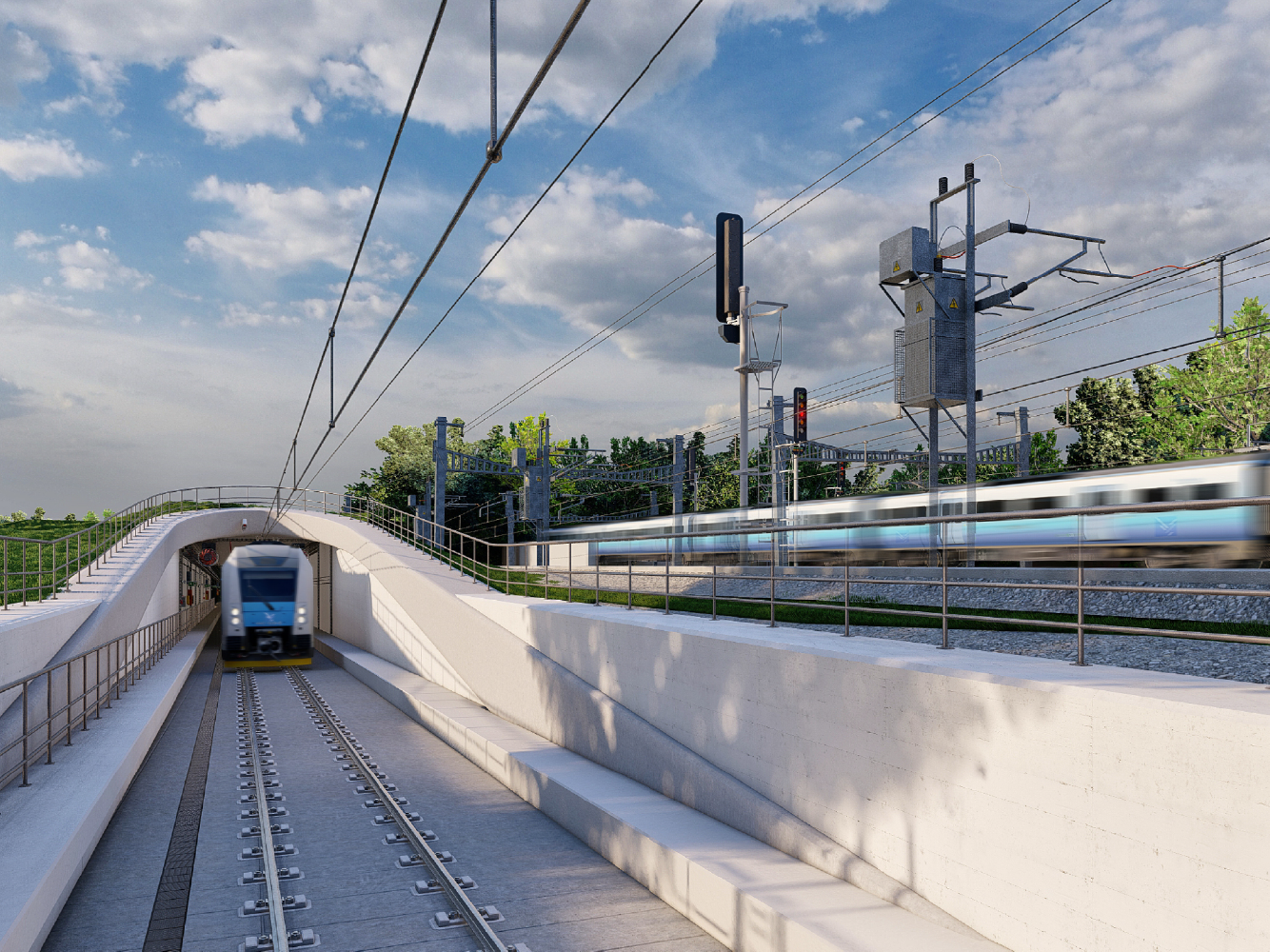
Australia is no stranger to ambitious national projects. We’ve spanned deserts with rail, powered cities with hydro schemes, and helped build global prosperity from the ports of the Pilbara. But the infrastructure challenge now confronting the country does not look like a traditional megaproject. It is quieter. It is closer to home. And it underpins almost every part of our future growth. It is the challenge of building enough places for Australians to actually live.
Housing, long discussed as a social pressure or political football, is increasingly understood as the piece of infrastructure that determines whether the economy can function at full strength. The numbers are stark. More than half a million new residents are added to the population each year through births and migration, but barely 177,000 new homes were completed last year. Rents have hit record highs. The national vacancy rate has dropped below one percent in major cities, a level economists consider severely undersupplied. And social housing stock has slipped to just four percent of homes — down from six percent a decade ago.
“You can’t build an economy around scarcity,” Housing Minister Julie Collins said in a recent statement. “We need homes where the jobs are.” In Sydney’s southwest, a young paramedic described to us how she spends nearly two hours commuting to her hospital shift because it’s the only place she can afford to rent. It is a reminder that the housing shortage is not abstract — it stretches every workday and every household budget.
The Federal Government’s response is unusually ambitious. Under the National Housing Accord, the Commonwealth, states and territories have pledged to deliver 1.2 million “well-located” homes by the end of this decade. That is the largest coordinated housing build since the post-war boom. A $10 billion Housing Australia Future Fund has been created to finance social and affordable housing, while state governments have promised to streamline approvals that currently add years to project timelines. Construction leaders insist these delays alone can add tens of thousands of dollars to the cost of every dwelling — before a brick is laid.
Even with this momentum, the task is formidable. The National Housing Supply and Affordability Council’s latest State of the Housing System report makes a blunt projection. Australia is expected to fall short of the national target by around 262,000 homes if we continue with today’s building pace. Council Chair Susan Lloyd-Hurwitz has been careful to focus on solutions rather than blame. “We have to shift from building homes one by one to building communities at scale,” she says. “That requires an industrialised housing system where timeframes shrink, capital flows confidently and planning keeps pace with demand.”
This shift is already visible in our capital cities. Build-to-Rent developments — once niche — are now rising in skylines from Melbourne to Brisbane. They promise long-term, professionally managed rental housing designed for essential workers and young professionals priced out of the ownership market. Global investors have moved quickly, attracted by stable returns and a rental market that chronically lacks supply. Greystar, one of the world’s largest rental housing operators, has more than 1,500 units under construction in Australia today. Mirvac’s LIV brand is expanding fast across Sydney and Queensland. These are projects that bring in new apartments by the hundreds rather than dozens.
But the capital comes with conditions. Investors need planning certainty and viable build economics before they can commit billions. High interest rates and construction cost inflation are eroding feasibility, particularly in dense urban areas where land acquisition, compliance and financing costs stack up fastest. This is where politics becomes unavoidable. State and local governments still control planning levers — and many approvals continue to stall in local disputes. The Opposition has argued that without tougher accountability measures, housing promises risk becoming housing delays.
The crisis, however, is not confined to metro skylines. In regional Australia, housing shortages are threatening growth in sectors the nation depends on: mining, agriculture, energy, healthcare and tourism. There are hospitals that have offered signing bonuses to nurses who can secure their own rental. There are mines that can’t add new shifts because workers are sleeping in motels hours away. “This is the first time where housing is more of a business continuity issue than labour supply or commodity pricing,” one WA housing leader noted.
For all these risks, this moment presents extraordinary headroom for the industries that design and build our country. The construction sector is undergoing what leaders describe as a long-overdue productivity revolution. Modular housing factories are being built to turn walls and bathrooms into manufactured components that arrive on-site ready to assemble. Digital approvals using 3D modelling are reducing paperwork bottlenecks. And shared precinct infrastructure — from electrified systems to community spaces — is being designed as a standard, not a luxury.
Mike Zorbas, chief executive of the Property Council of Australia, believes the path forward is clear. “Australia is not short of ideas, capital or ambition. We’re short of time,” he says. “If we get the settings right — planning reform, infrastructure alignment, workforce skills — we will deliver a globally significant decade of building.”
There is growing recognition that homes are not the end point of community infrastructure — they are the starting point. When housing performs well, productivity rises, local economies grow, and people live with less stress and more opportunity. The question now is whether Australia can build boldly enough and quickly enough to turn this crisis into lasting prosperity.
For decades, Australia’s economic story has been shaped by what we could extract from beneath the ground. The next chapter may be written in what we build above it. And if this housing decade succeeds, it will not only restore balance to the market — it will build the foundation of national progress, one community at a time.













